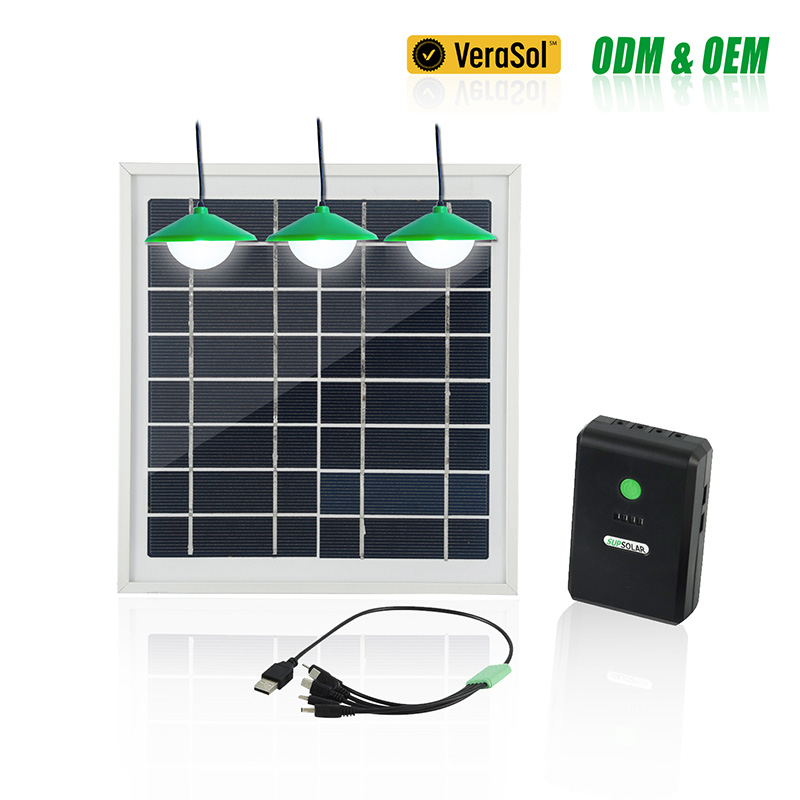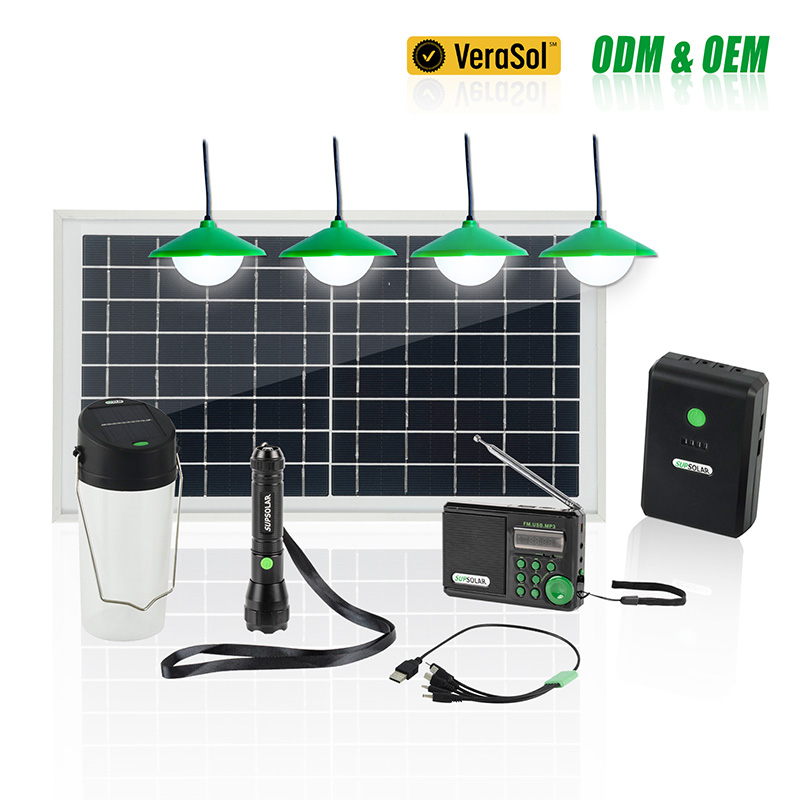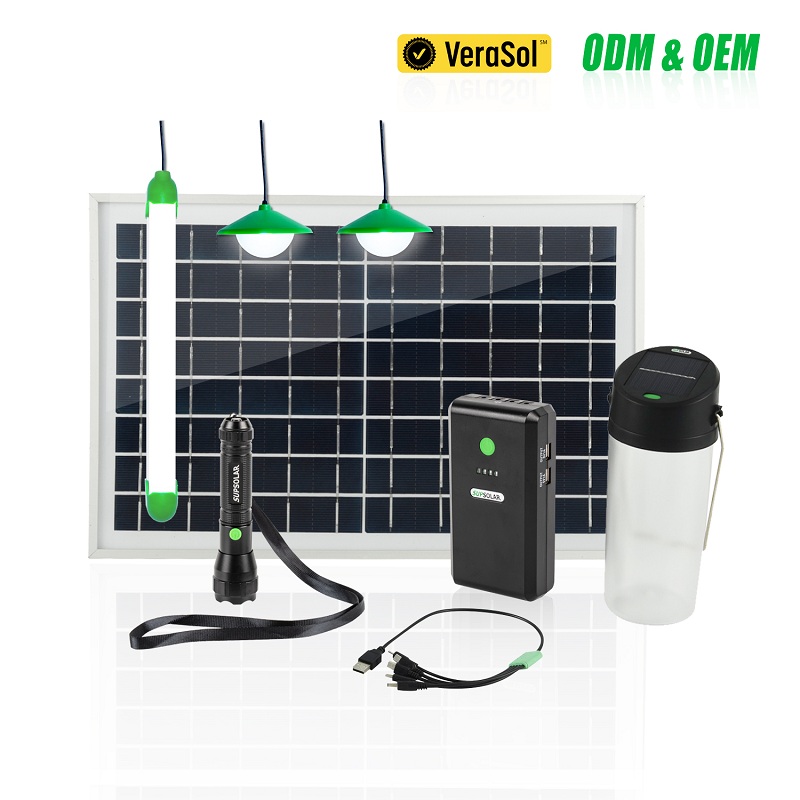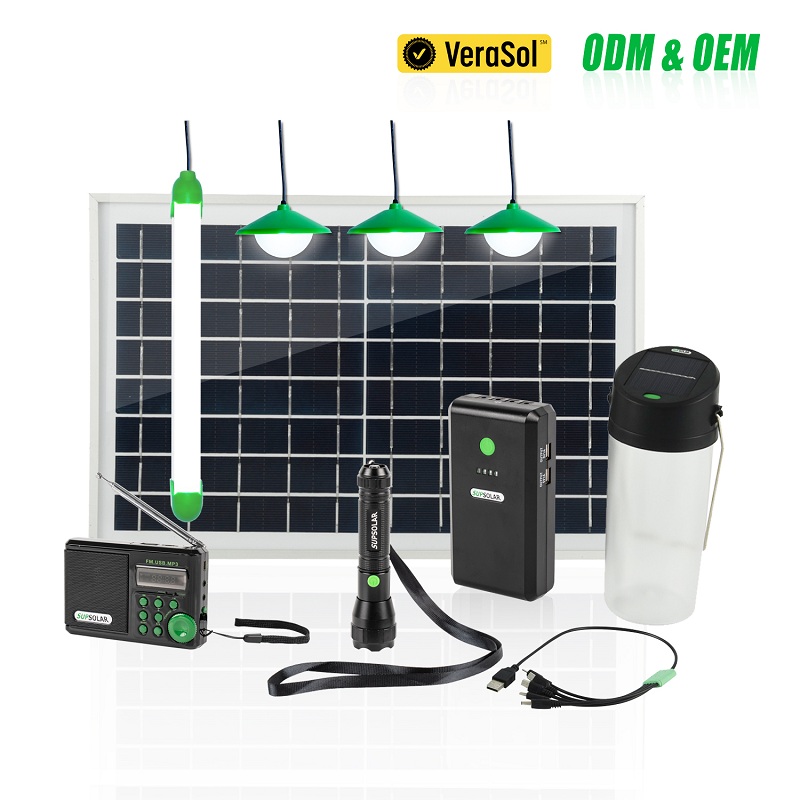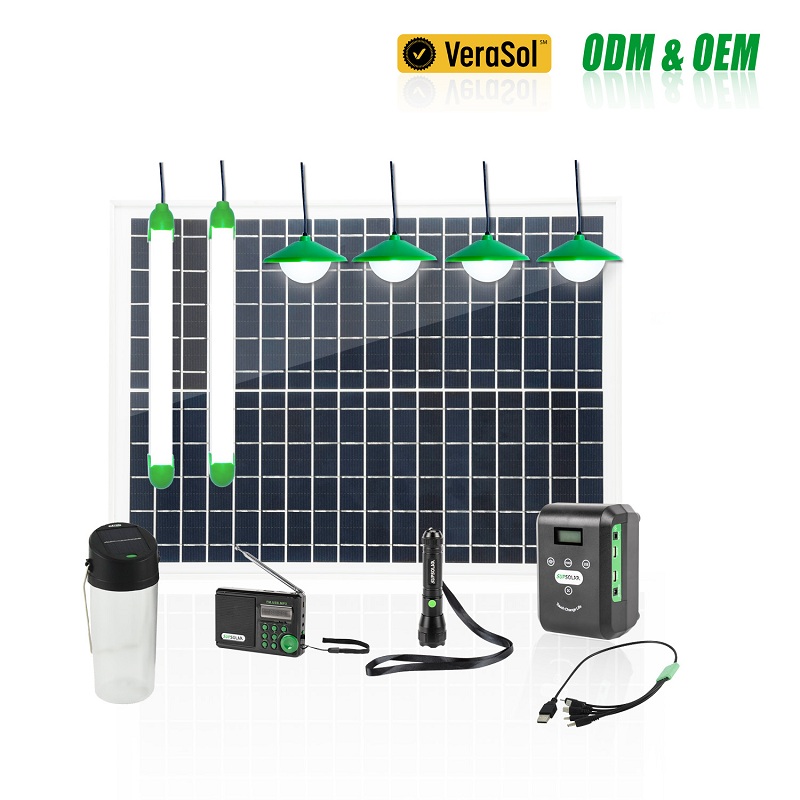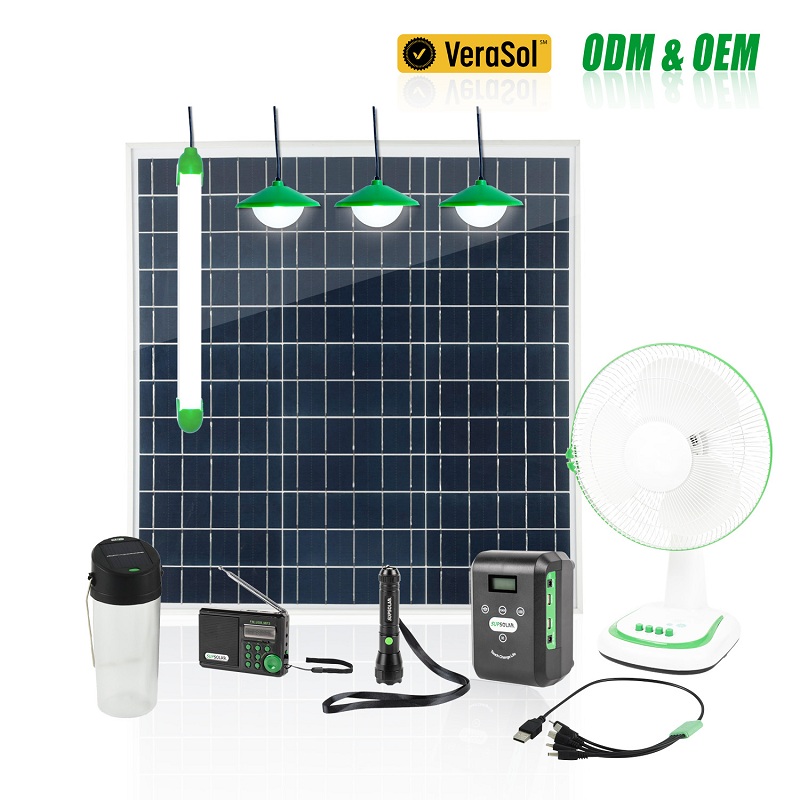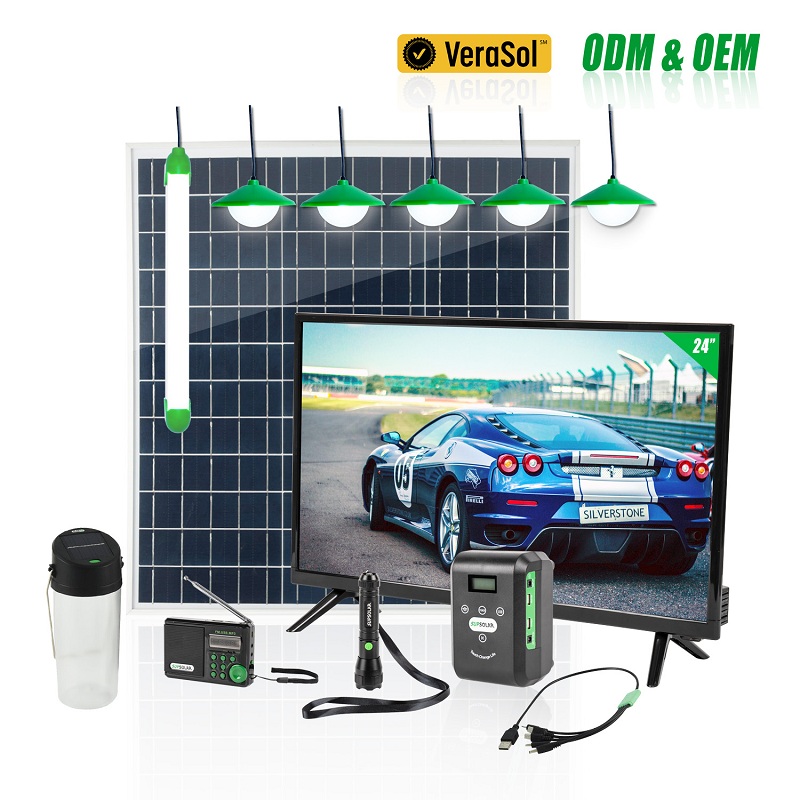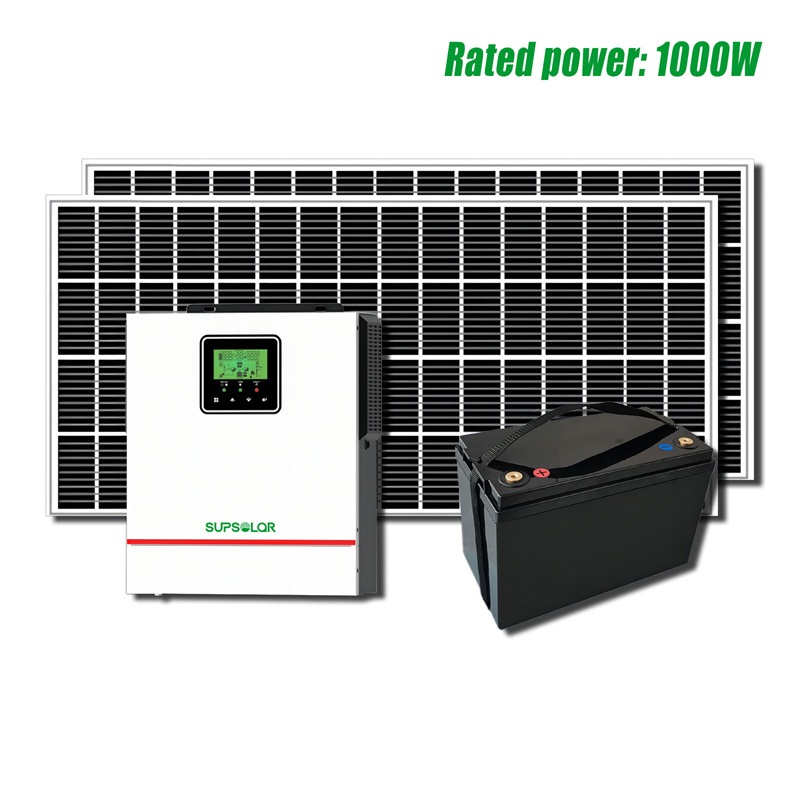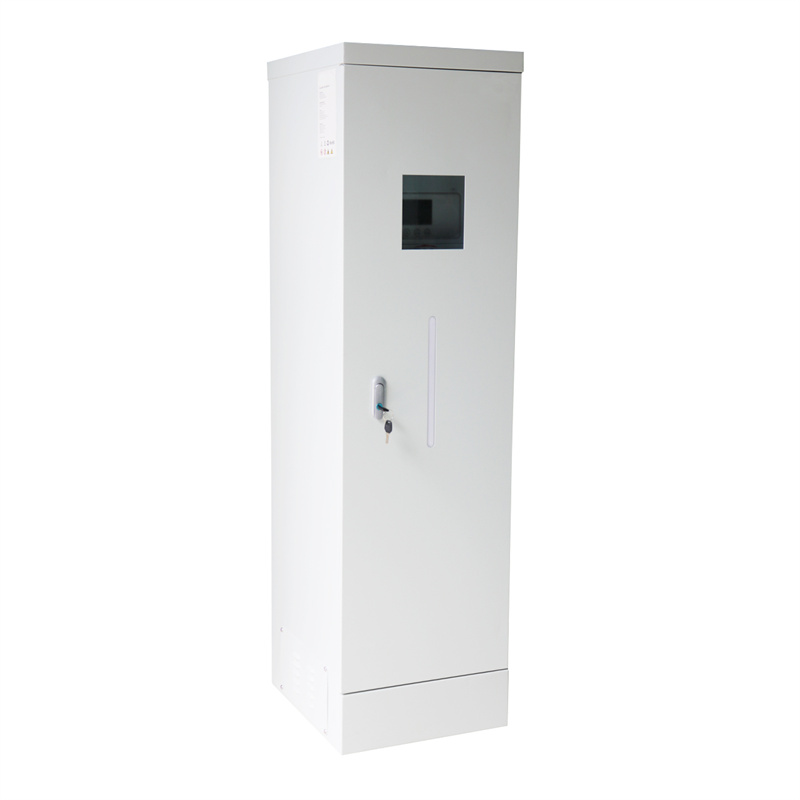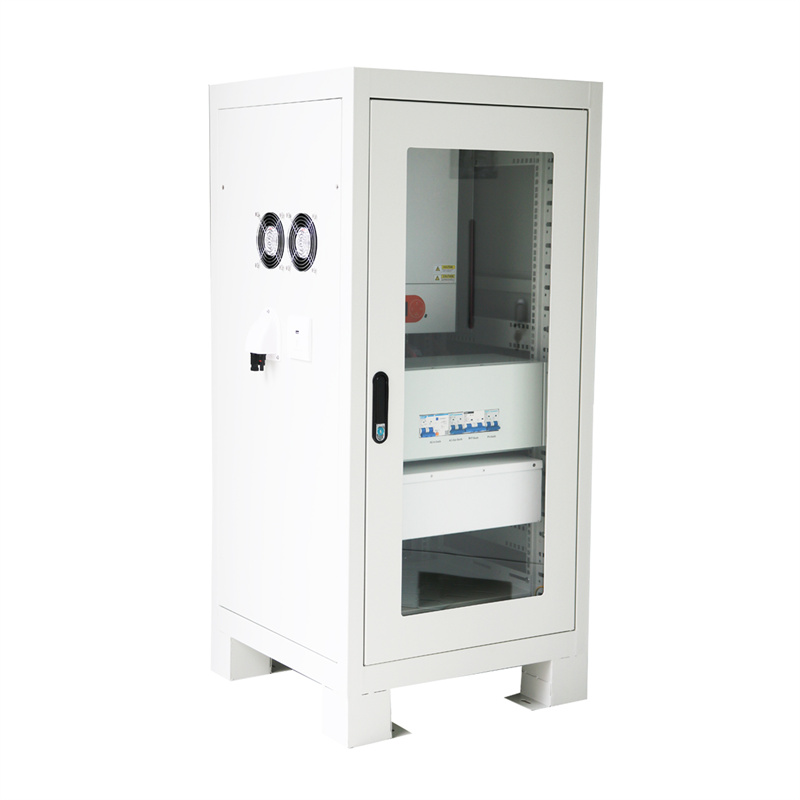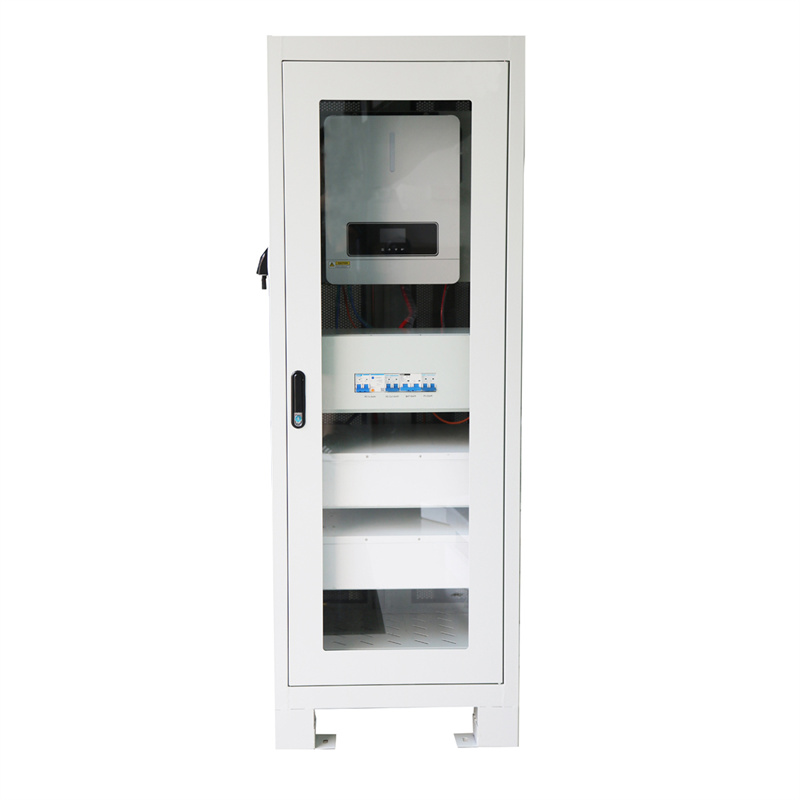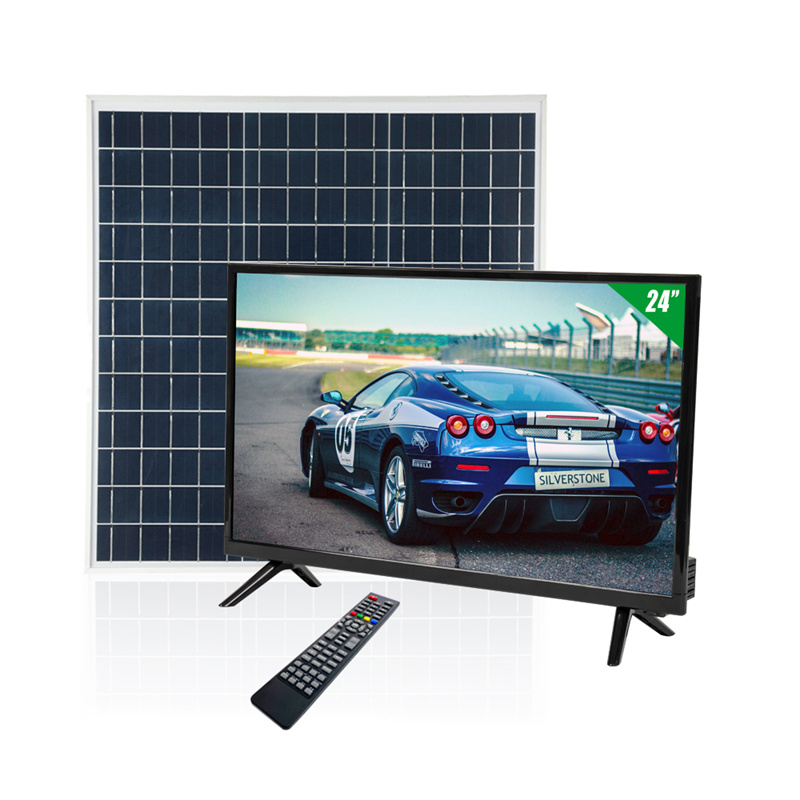Residential solar power storage system is a self-contained unit that captures and stores energy generated by solar panels installed on a home. This technology enables homeowners to harness and store excess solar energy during the day and use it at night or during periods of low sunlight, reducing reliance on the electrical grid and maximizing energy efficiency within the household.
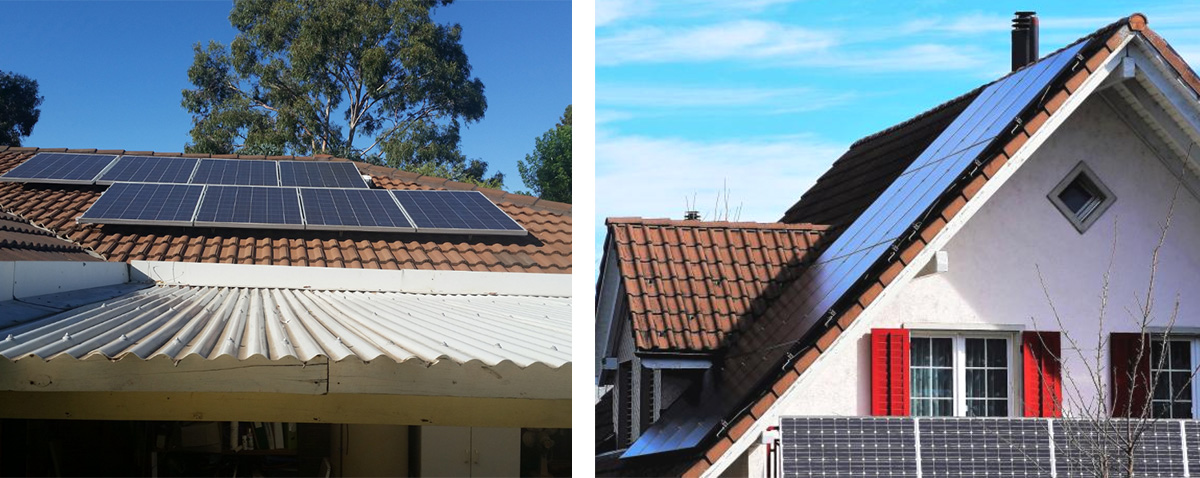
The household solar power system is typically consists of three main components: solar panels, an inverter, and a battery storage unit.
Solar panels capture sunlight and convert it into electricity, which is then fed into the inverter. The inverter converts the direct current (DC) electricity into alternating current (AC), which is suitable for household use. Excess electricity is stored in the battery storage unit for later use or sell to utility grid, ensuring energy efficiency and independence from the electrical grid.
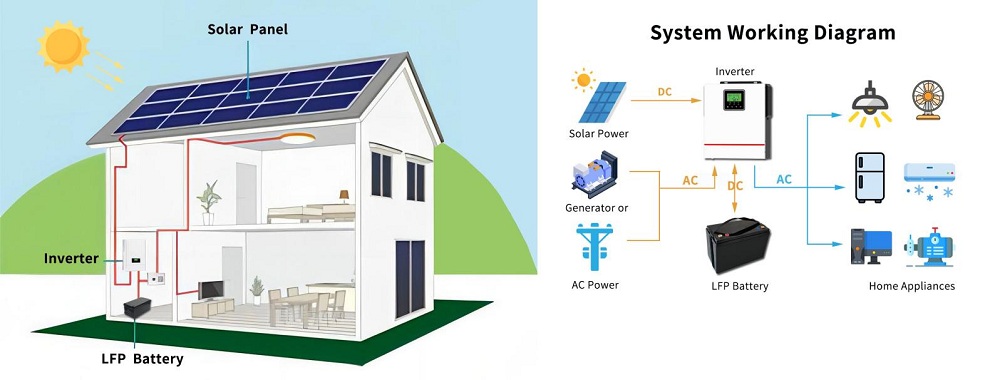
Product Application Diagram
Besides, our solar home energy system are available with Pay-as-you-go Financing. Customer only need to pay a small down payment and pay a little every week or month. After a few months in installments, the entire set of PAYGO solar system product costs can be fully paid, and the solar products will fully belong to the user. In this way, people can not only enjoy basic lighting, but also meet the needs of TV, electric fan,refrigerator,air-conditioner etc. without taking up too much living expenses.
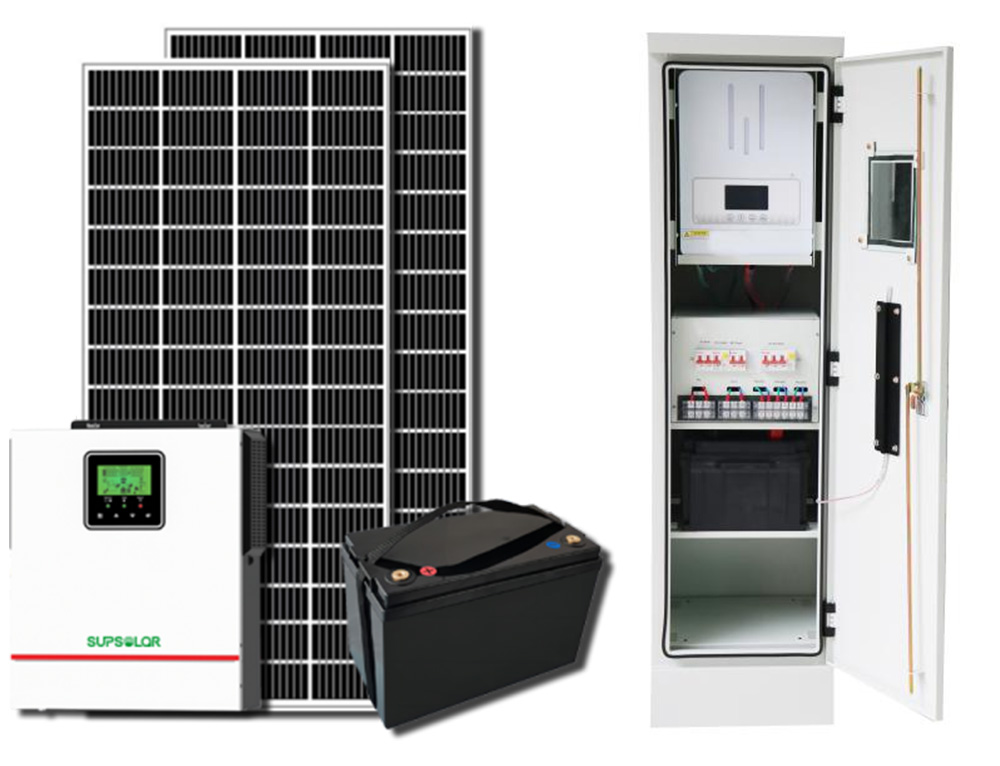
What is the key features of residential solar power storage system?
Plug-and-play, no matching and commissioning required
High quality lithium iron phosphate cells
Optional with 1KW, 1.5KW, 2KW, 3.2KW,4.2KW, 6KW, 10KW rated output
Up to 4 batteries in parallel expand to 20.48kWh
Support WIFI view real-time data via APP
Pay-as-you-go system available
Get started quickly and use it instantly, compact size Min width 13cm
Home solar power storage system offers several advantages, including increased energy independence, reduced reliance on the electrical grid, potential cost savings, and the ability to store excess energy for later use during periods of low or no sunlight. Additionally, it can provide backup power during grid outages, promote environmental sustainability by reducing carbon emissions, and contribute to a more resilient and efficient energy infrastructure.
Do you need to know more information? Please feel free to contact us for more information.

